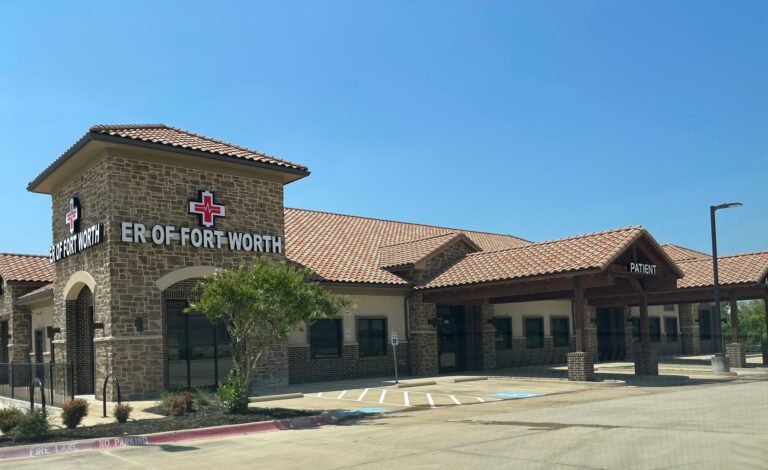A single tooth implant Glendale AZ is a dental intervention designed to replace a lost tooth by utilizing a titanium post that serves as an artificial root. This post is surgically inserted into the jawbone, where it undergoes a process of integration with the bone. Once this integration is successful, an artificial crown is affixed to the post, effectively restoring both the functional and aesthetic aspects of the patient’s smile.
Increased Treatment Time
The duration of the single tooth implant Glendale AZ procedure is significantly longer than that of removable partial dentures (RPD) or fixed partial dentures (FPD). Following the initial surgical placement, the average time required for osseointegration to take place is typically between four to six months. This timeline can vary based on the individual patient’s bone density in the affected area and the amount of bone present at the time of implant placement.
To mitigate the extended treatment duration, various techniques have been developed to allow for the immediate placement and, in some cases, provisionalization of implants. However, these methods may not be suitable for all patients, as they can pose certain disadvantages if the specific criteria for the procedures are not adequately met. Therefore, careful consideration must be given to each patient’s unique circumstances before proceeding with these advanced techniques.
Position of Implant
For the placement of a single tooth implant Glendale AZ, it is essential that the implant is positioned equidistantly from the neighboring teeth. This positioning is based on the assumption that the width of the tooth being replaced corresponds to the available space. In cases where diastemas are present, the precise location of the implant is guided by an aesthetic evaluation. Additionally, orthodontic treatment may be necessary to address any spacing concerns, or it may be required to create new restorations for the adjacent teeth.
The labial surface of the implant should ideally be situated about 2 mm palatal to the labial emergence surface of the intended restoration. It is critical that the facial surface of the implant is not positioned labially. Adequate spacing between the abutment and crown is necessary to achieve a pleasing emergence profile. If the implant is positioned too far labially, it may lead to an excessive thickness of the abutment and crown, surpassing the physiological limits of the gingiva, which can result in gingival recession and apical migration.
Once this migration occurs, rectifying the issue without significant compromise is challenging. Should the single tooth implant Glendale AZ be excessively labial, it may necessitate removal, site grafting, and re-implantation in the correct position. Conversely, if the implant is placed more than 2 mm palatal, adjustments to the prostheses can often conceal the issue without substantial aesthetic detriment.
Mesiodistal Position
The placement of a maxillary anterior single tooth implant Glendale AZ necessitates precise positioning across three dimensions. Typically, from a mesiodistal perspective, the implant is situated centrally within the available space, ensuring an equal distribution of interproximal bone adjacent to each neighboring tooth. It is essential to maintain a distance of at least 1.5 mm from the cementoenamel junction (CEJ) of the adjacent teeth.
In cases where bone loss occurs around the implant, the width of the defect is generally less than 1.5 mm, which helps to preserve the vertical integrity of the defect and prevents any adverse effects on the surrounding natural teeth. This preservation is crucial for maintaining the height of the interdental papilla.
The size and position of the incisive foramen can vary significantly among individuals. When planning for a central incisor implant, if the foramen located between the root of the existing central incisor and the intended implant site is larger than typical, there may be insufficient remaining bone in that area. Additionally, the foramen may extend laterally from the midline within the bony canal, which can complicate the implant placement.
In scenarios where a central incisor implant is positioned in the presence of these anatomical variations, there is a risk that the implant may intrude upon the canal. This encroachment can lead to a deficiency of bone on the mesiopalatal aspect of the implant, potentially compromising the stability and success of the single tooth implant Glendale AZ. Therefore, careful consideration of the foramen’s characteristics is vital during the planning and execution of the implant procedure.


